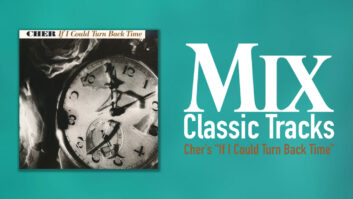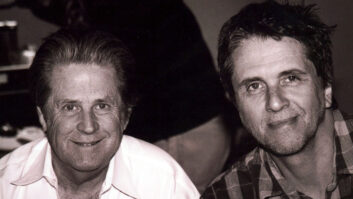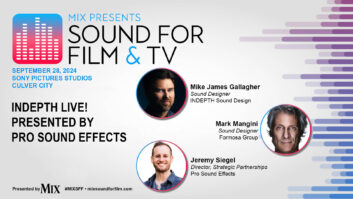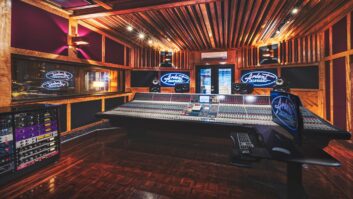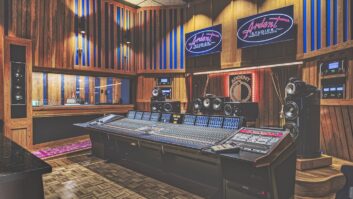Song Facts

Single: “Turn Your Pretty Name Around”
Album:Ready for the Flood
Date Recorded: January 2007
Producer: Chris Robinson
Engineer: Beau Raymond
Mixer: Beau Raymond
Mastering Engineer: Joe Gastwirt
Other Projects: Devendra Banhart, Smokey Rolls Down Thunder Canyon (engineer/mixer); Little Joy (co-producer/engineer); Los Lonely Boys, Sacred (engineer)
Tracking Signal Chain: AKG C12/Telefunken 251 (Louris’s vocals/guitar); Neumann U 47/U 67 (Olson’s vocals/guitar); Neve 1073 preamps; Universal Audio LA-2As (vocals).
Single Songwriter: Mark Olson, Gary Louris
Mix Monitors: ADAM Audio 2.5
Recorder: Pro Tools|HD
Select Mixing Plug-in: None Engineer’s Diary
“Turn Your Pretty Name Around,” lead single from Ready for the Flood, unites Mark Olson and Gary Louris for the first time since the Jayhawks’ 1995 set, Tomorrow the Green Grass, and subsequent tour. Olson and Louris were joined in the studio by engineer Beau Raymond and producer Chris Robinson, vocalist of the Black Crowes.
“I’ve been fortunate to work with a lot of great producers over the years,” says Raymond, “and Chris is up there with some of the greatest. He’s so passionate and loving about music that his gift rings true to his production. He worked incredibly well with Gary and Mark and really dove in on how songs should feel, the aesthetic, and the moment.”
“Turn Your Pretty Name Around” was recorded and mixed at Sage and Sound Recording in Hollywood. Tracking took place in the API 3288-equipped Studio B, mixing on the Neve 8048 in Studio A. “Everything went down to Pro Tools|HD at 88.2/24-bit,” Raymond explains.
Beau Raymond The sessions were as organic and “old school” as one might imagine, given the participants. “The whole album was recorded and mixed in two weeks, top to bottom,” Raymond relates. “I mixed it in three days.

“I set them up so it was a very live situation and they could all play,” he continues. “We used no cues, so there were no headphones in the room. We set them up very close to each other, and everything was recorded live. We had a couple guys come in and overdub a few little things, but the core of the record—guitars, vocals, drums and bass—was all recorded live and they were all in very close proximity to each other.”
The Ampeg B18 bass cabinet was miked with an AKG C12 running through a Neve 1073 mic pre/EQ and 2254E compressor/limiter. Raymond took a minimalist approach to miking drums, using a pair of Coles ribbon mics, through Telefunken V76 preamps, for overhead, and a Neumann M 49 through an API 512 pre on the kick. “I tried to set everybody up so they were able to monitor themselves versus the rest of the group,” he explains. “You can hear a dynamic that I was able to achieve, because they were listening—and had to listen—to each other more. So you can hear where things build and drop a lot, a lot more than anything else I’ve recorded.
“I thought doing a ‘traditional’ modern recording,” he adds, “where you’re piecing things together and grabbing parts from different takes, would miss that energy. By getting them in the moment, I was able capture something a lot more profound.”
Christopher Walsh is the recording editor for Pro Sound News and the associate editor of Pro Audio Review.
